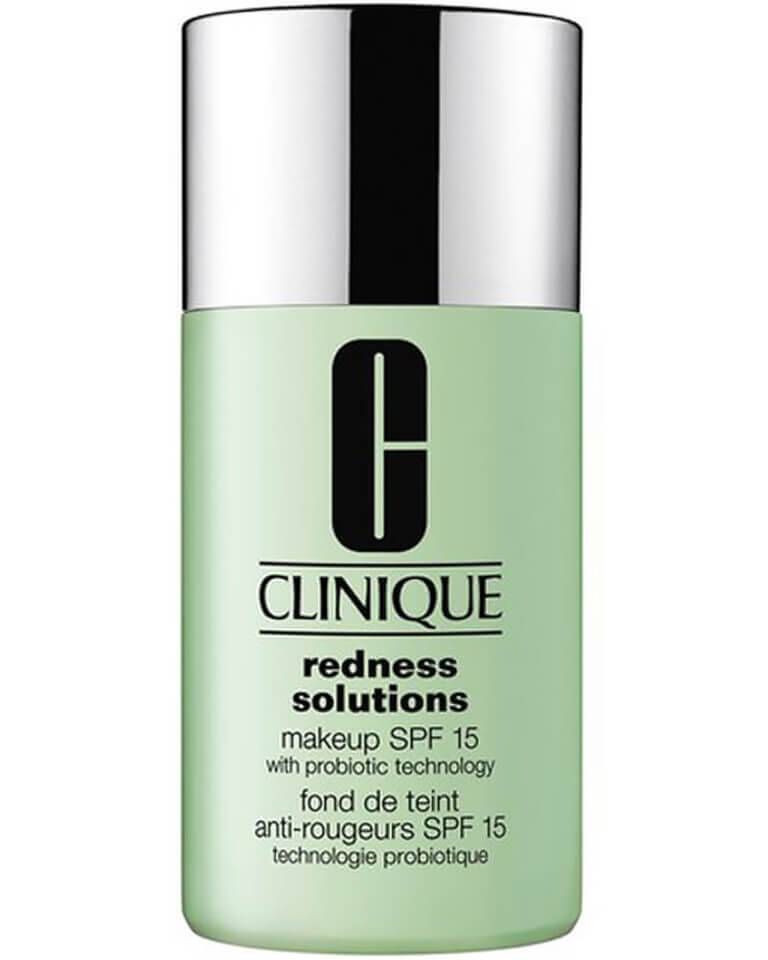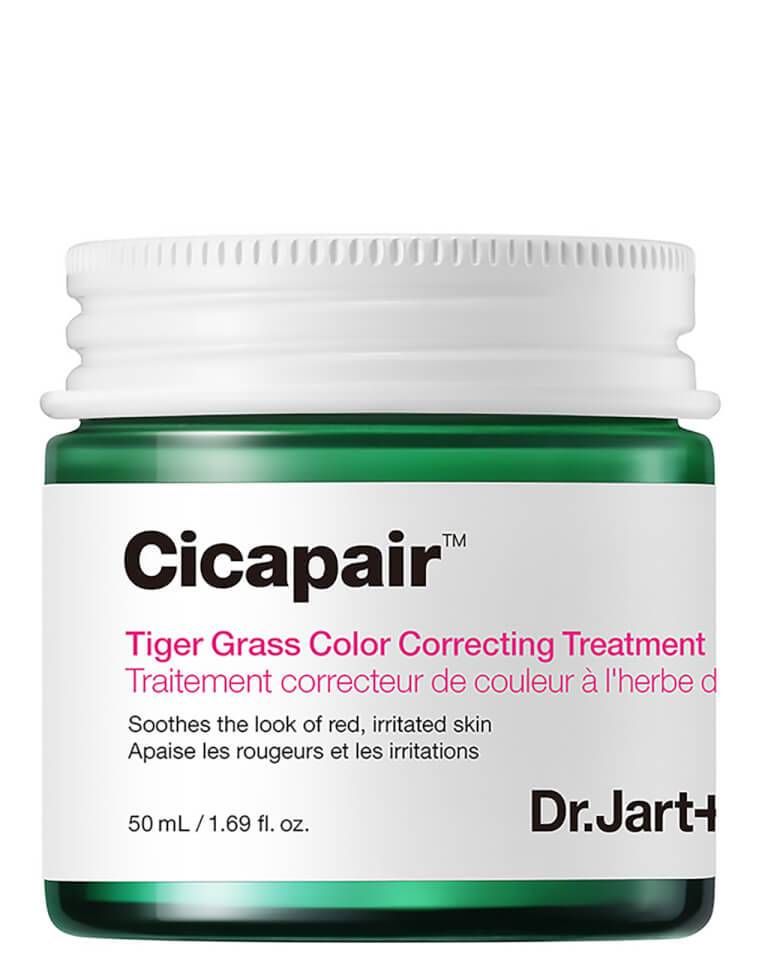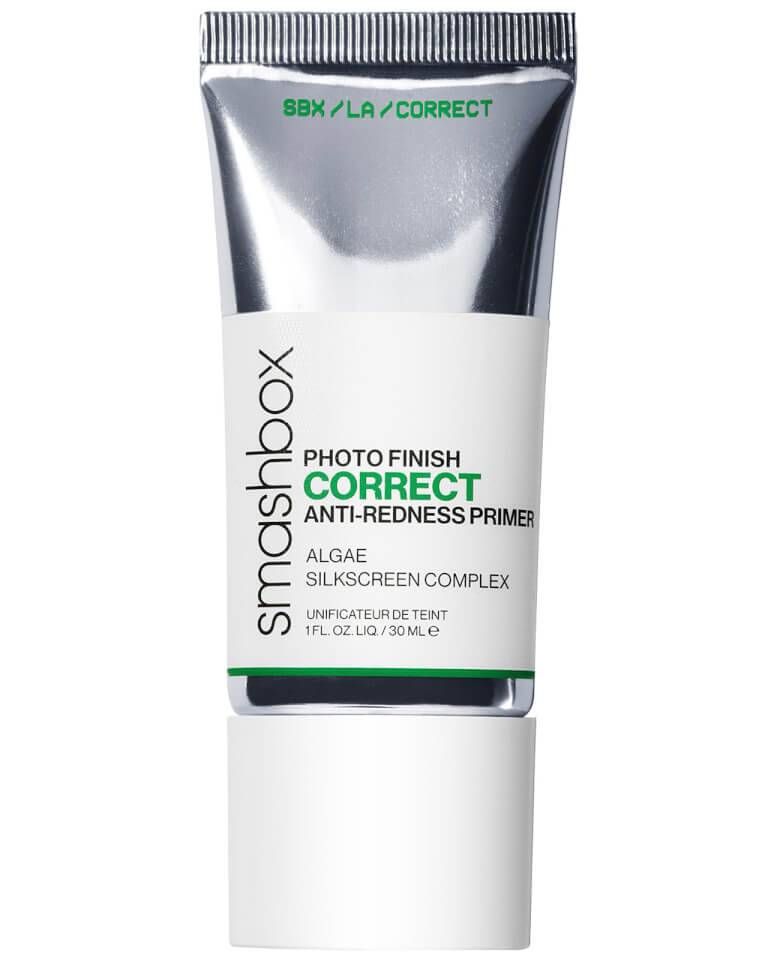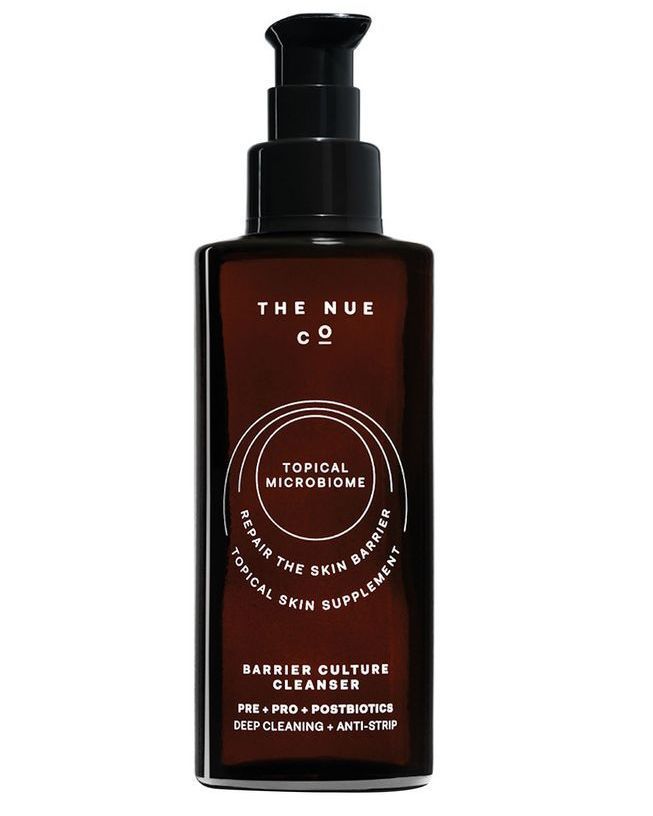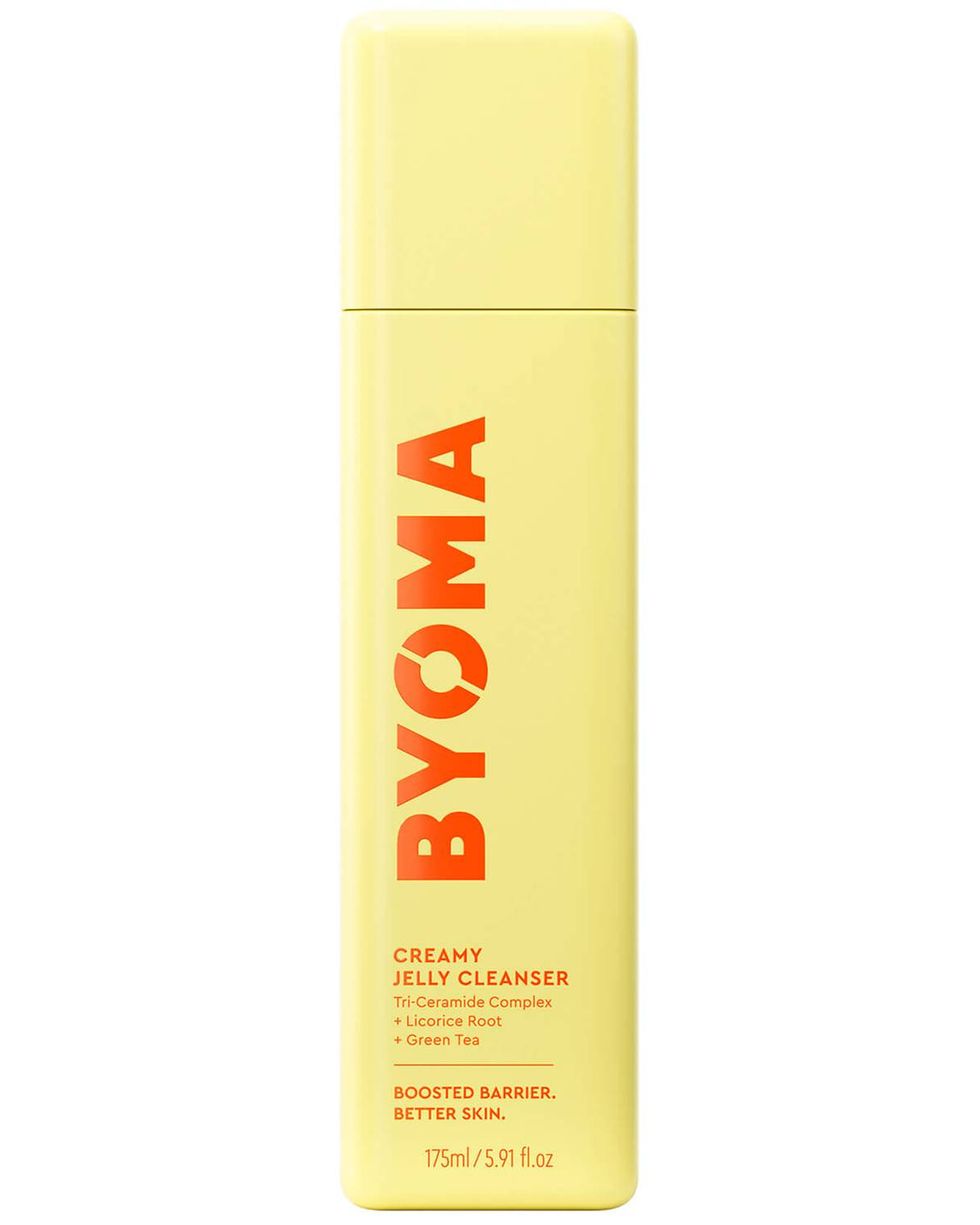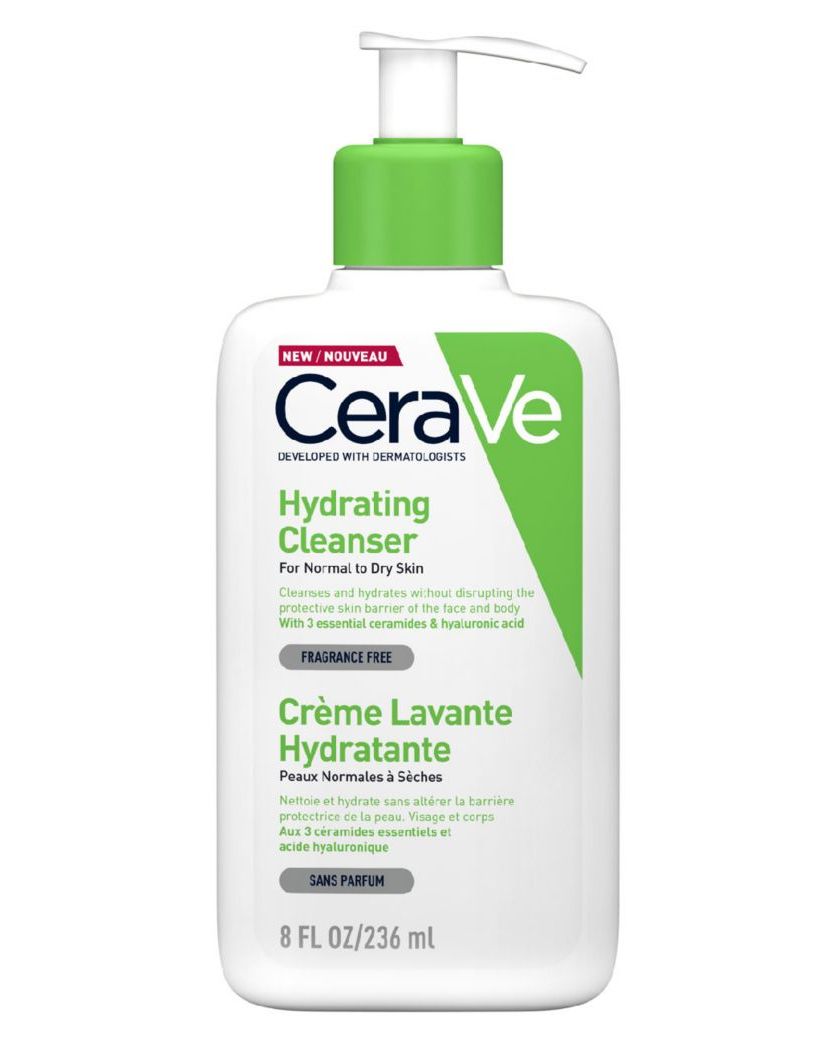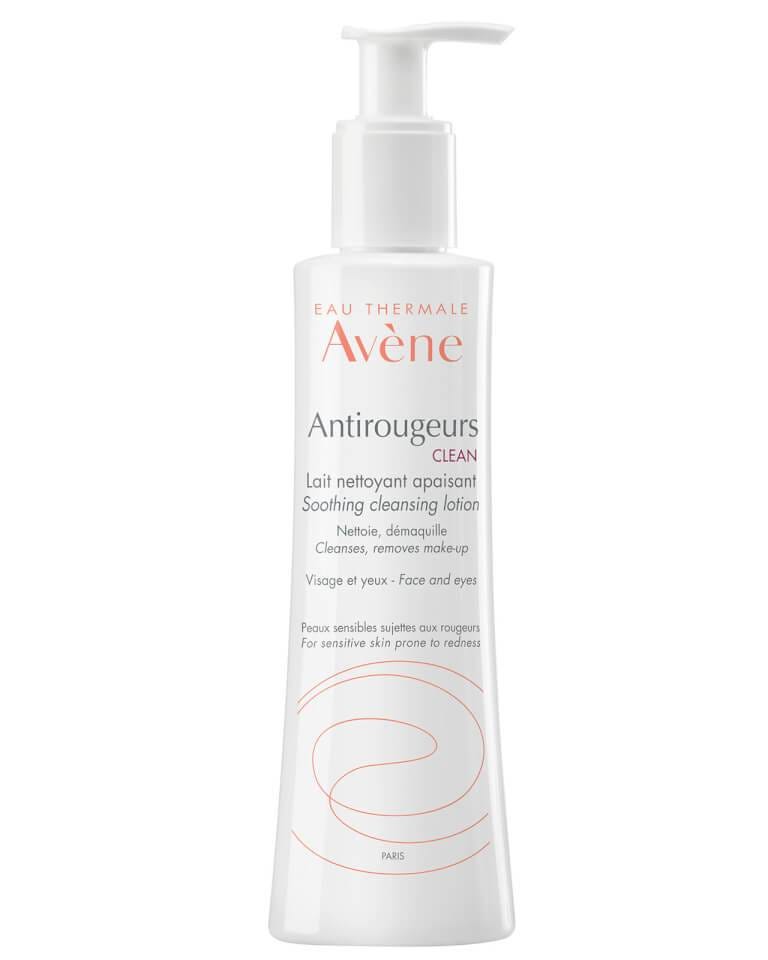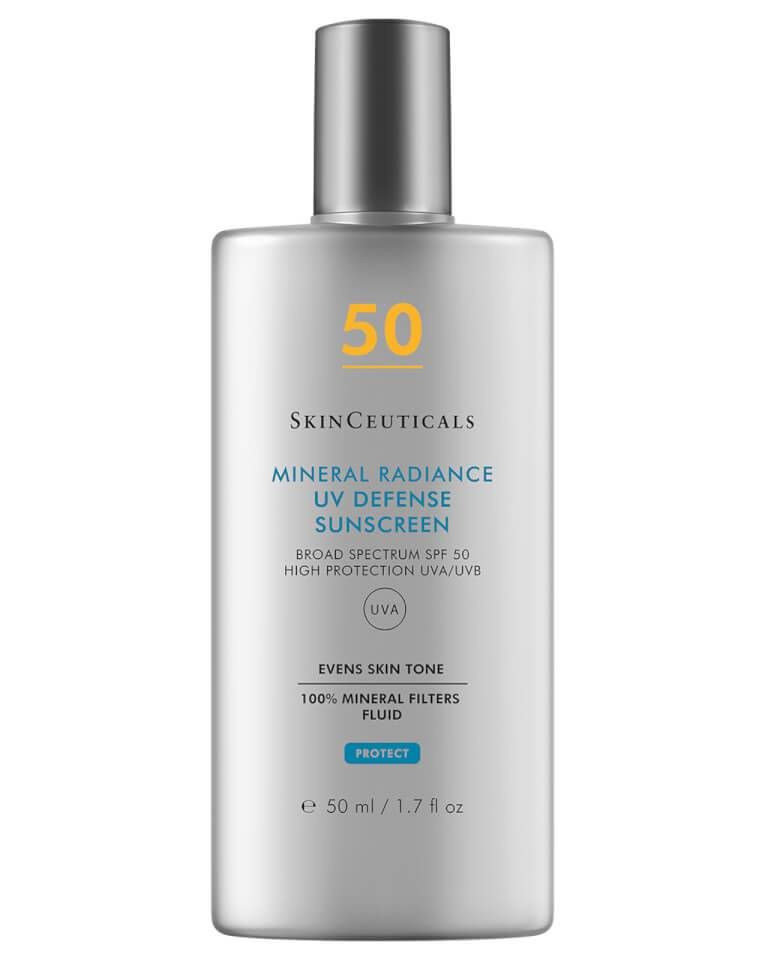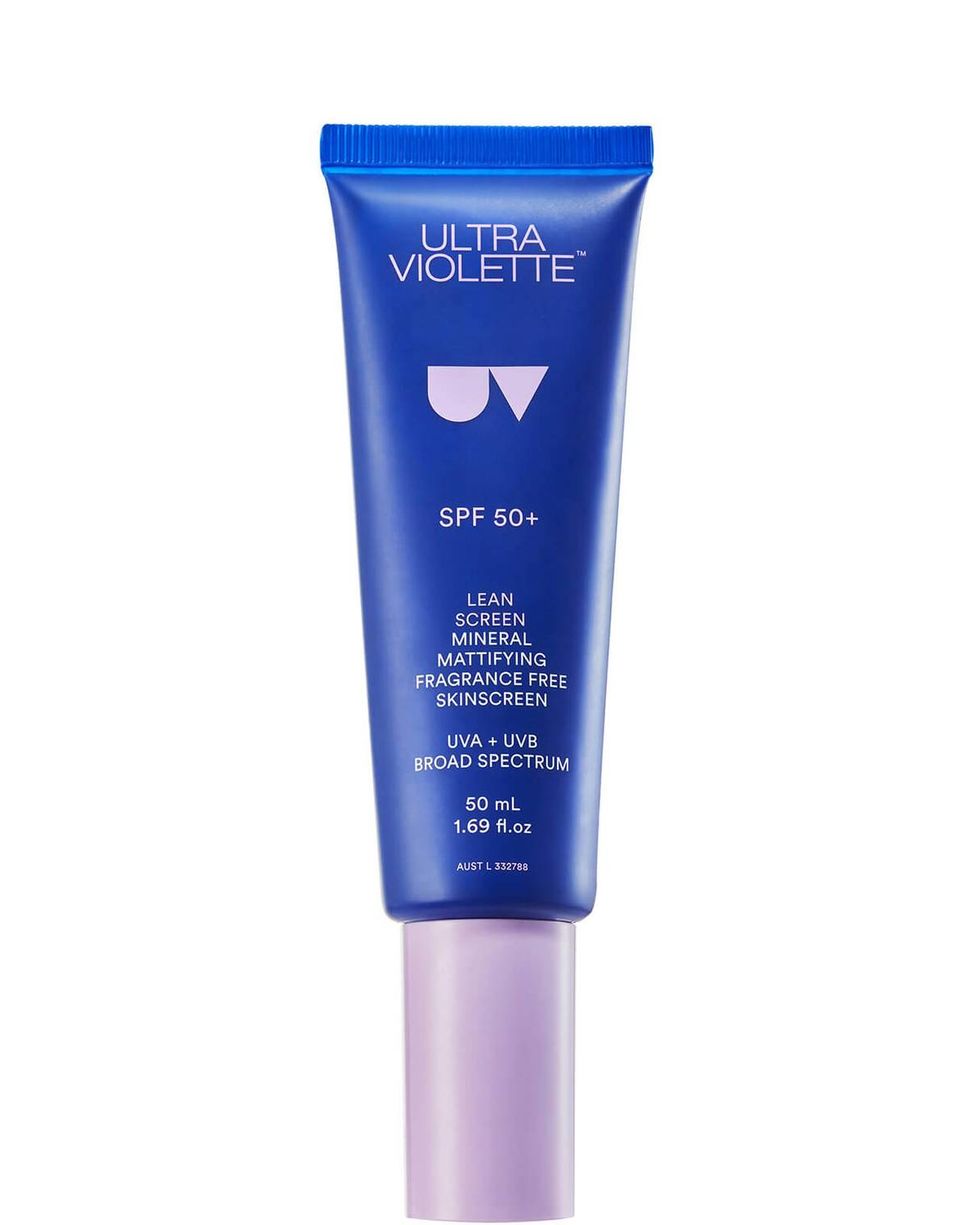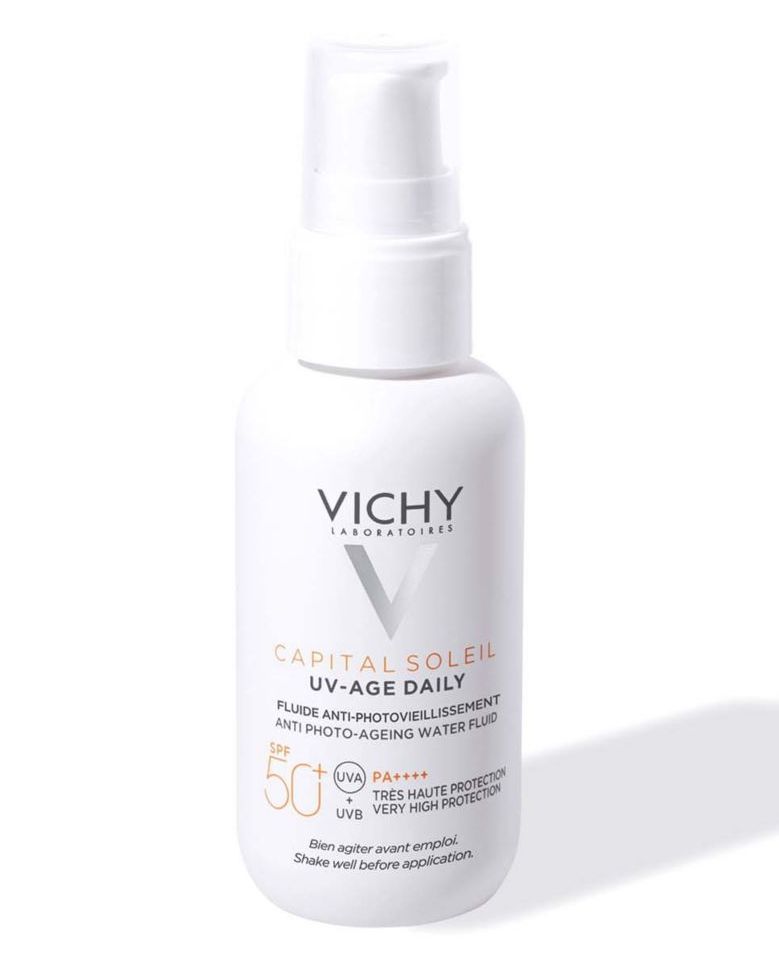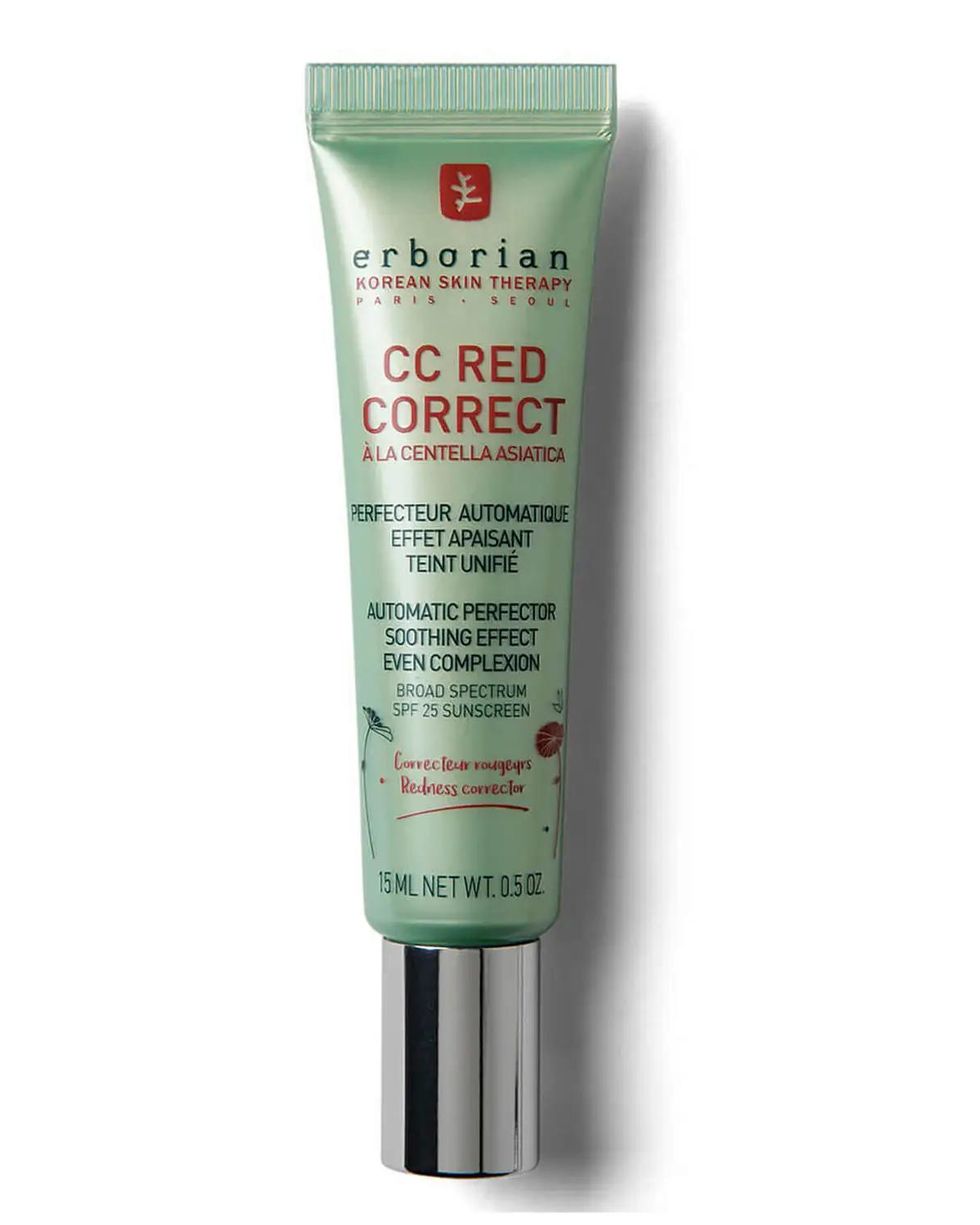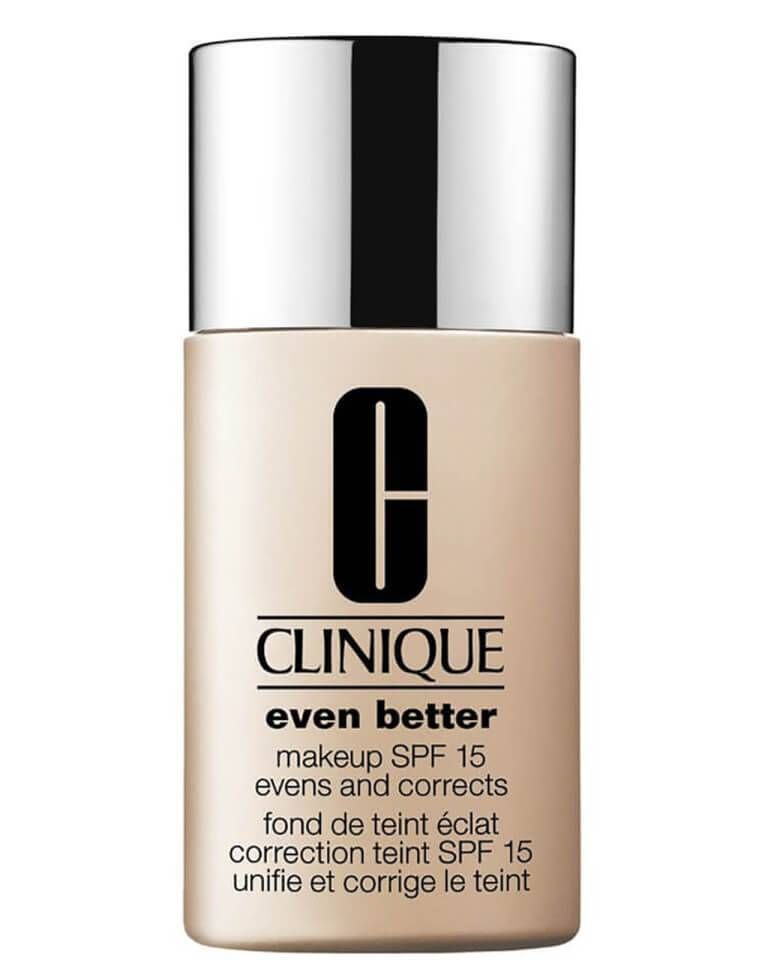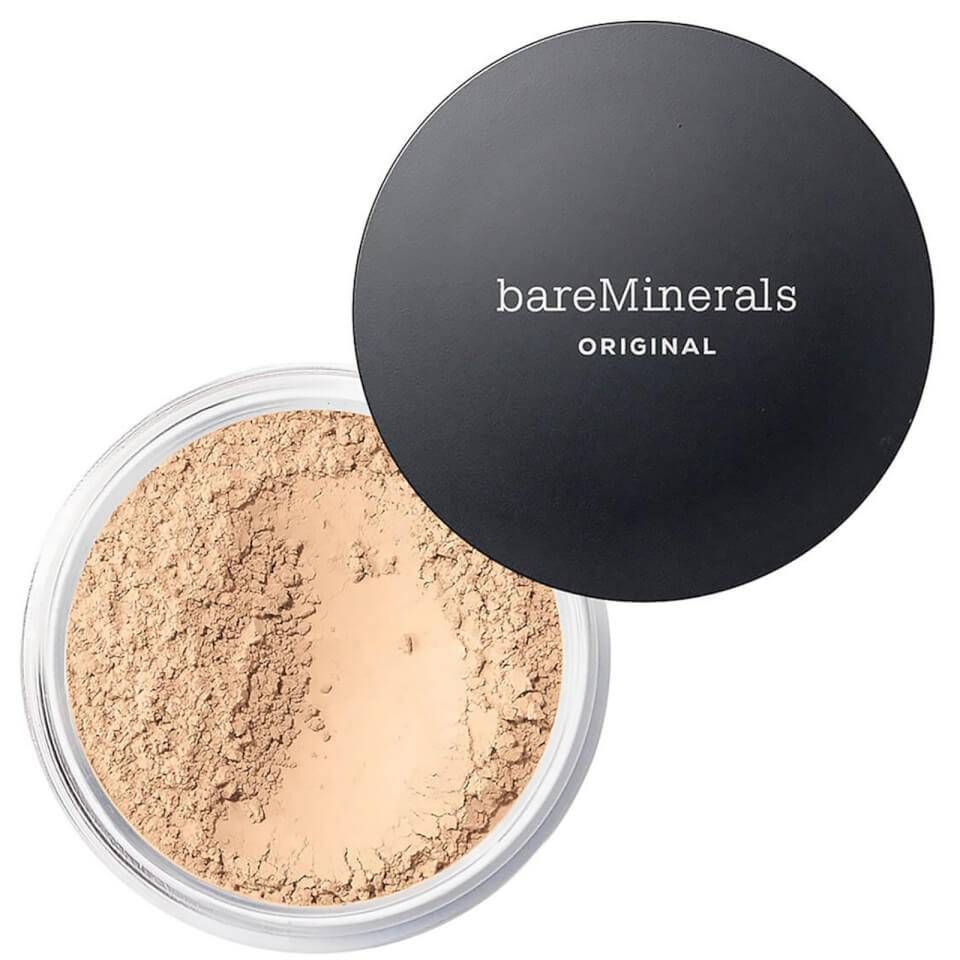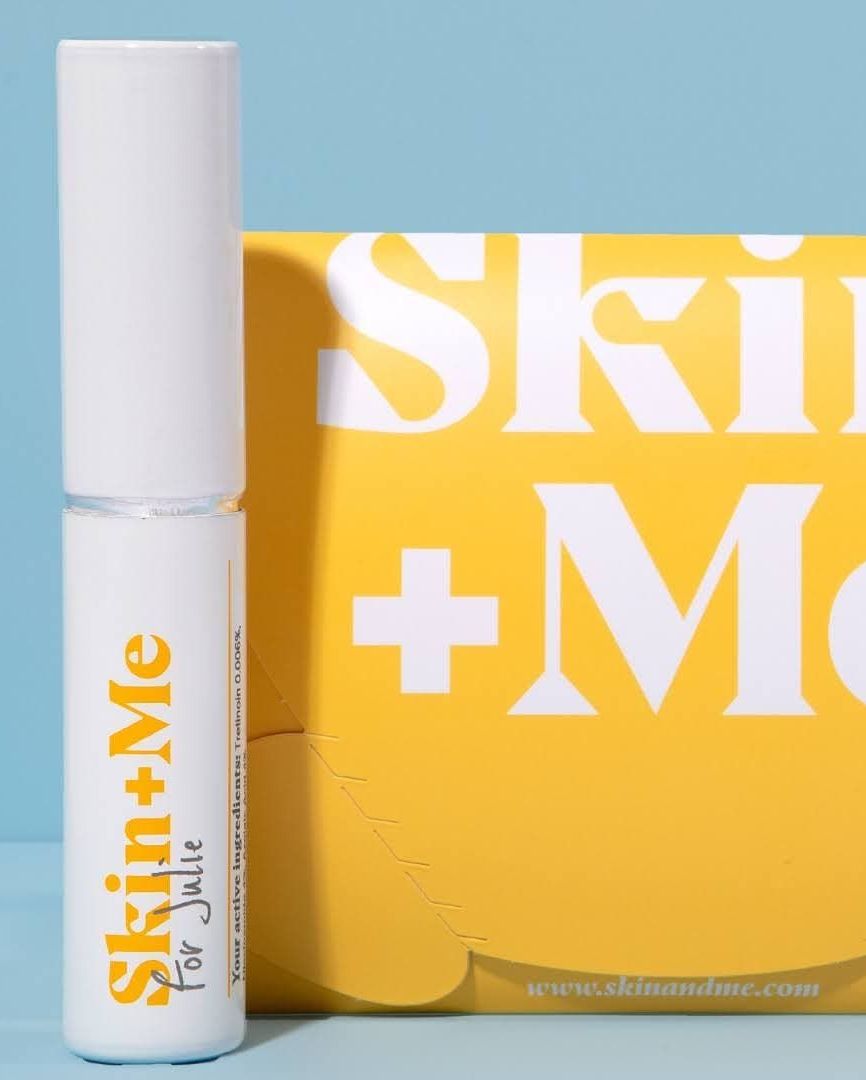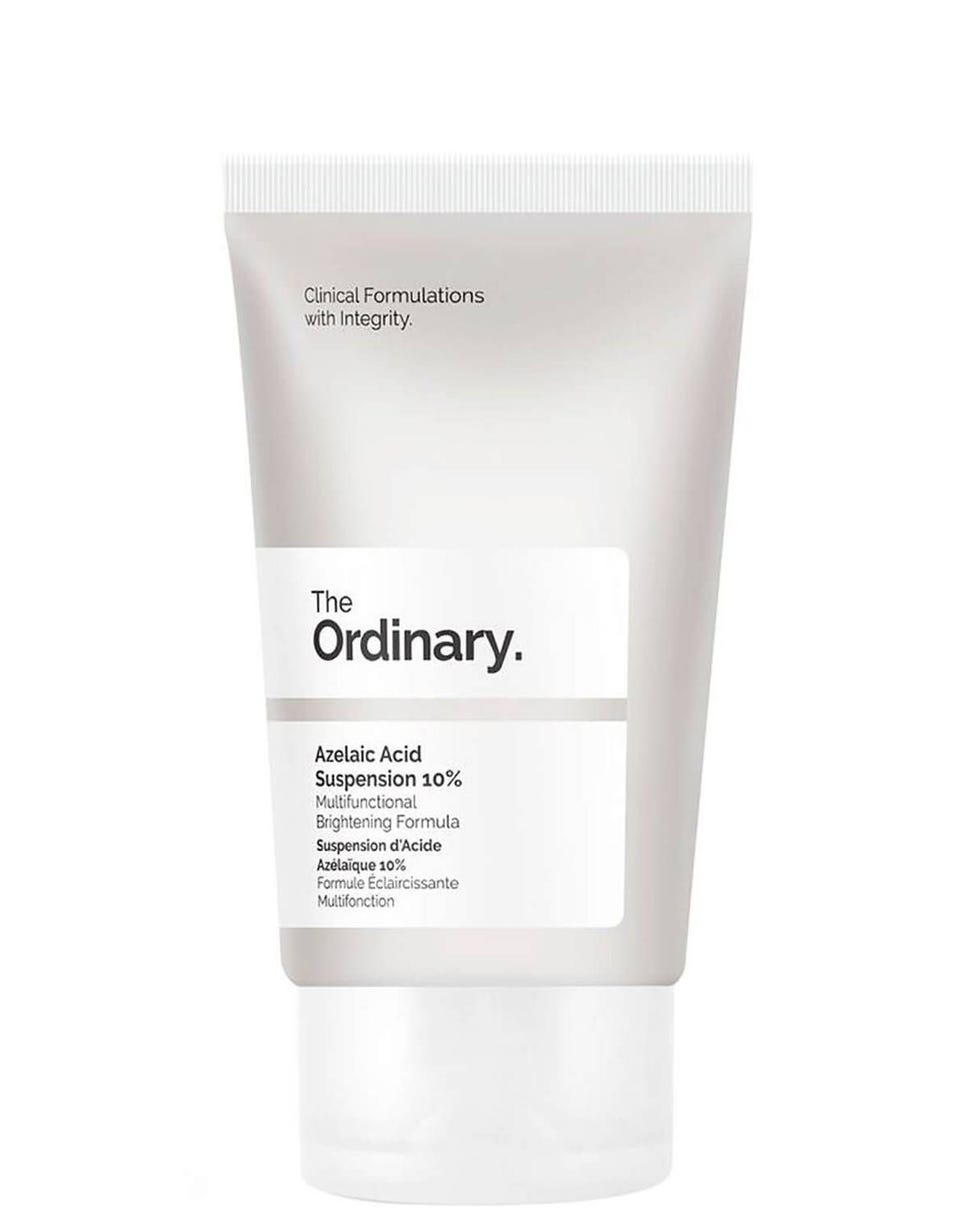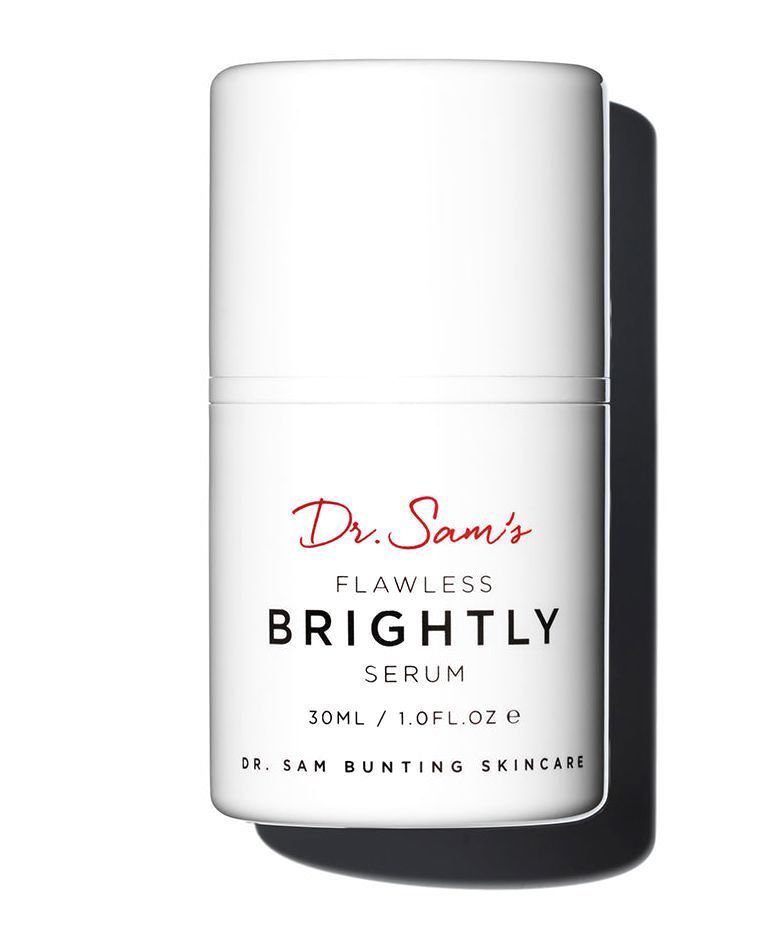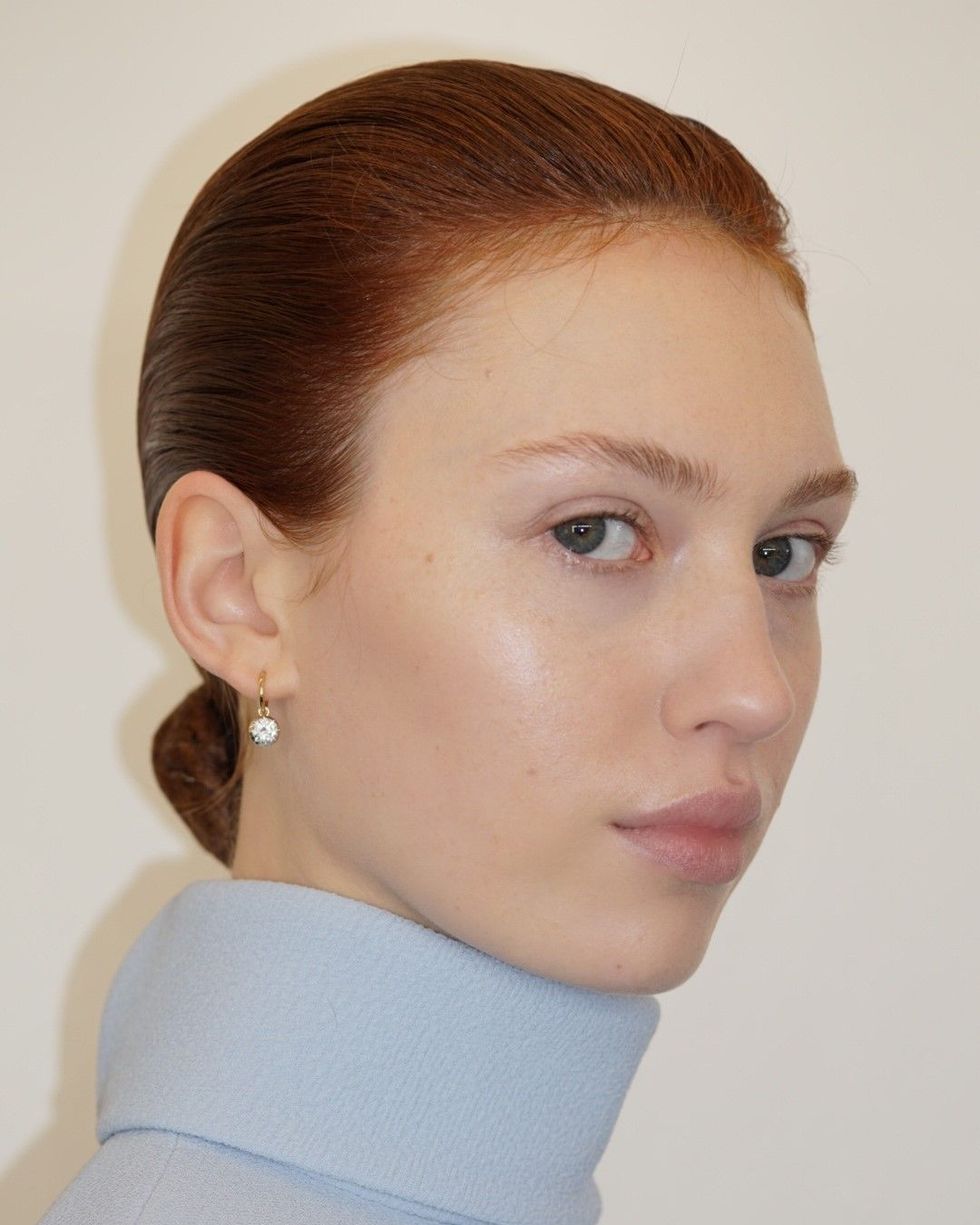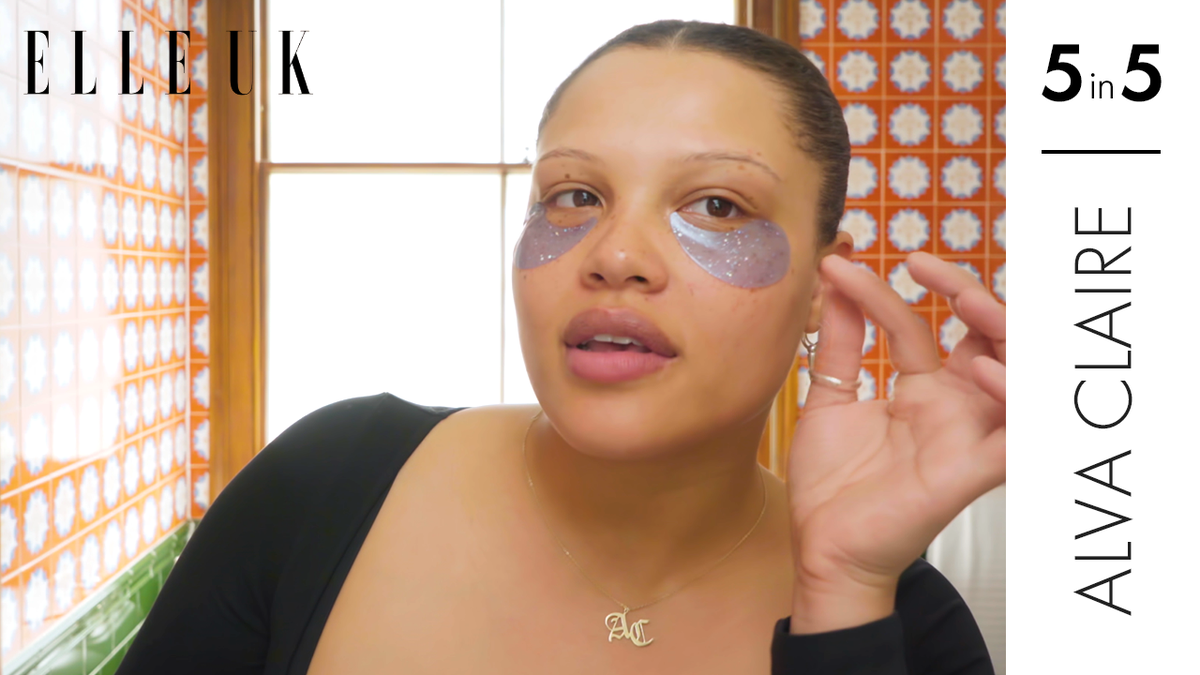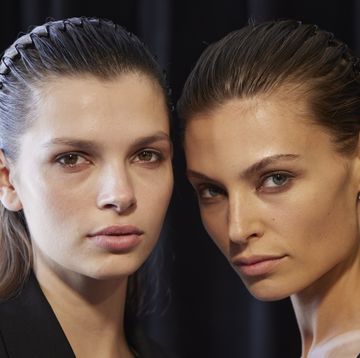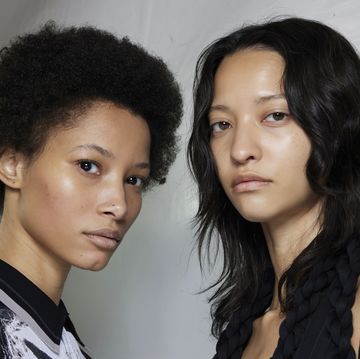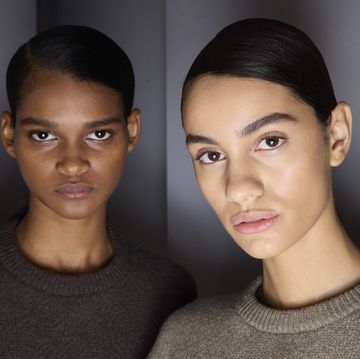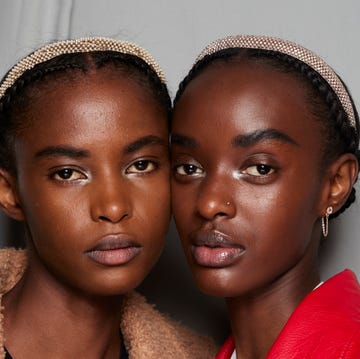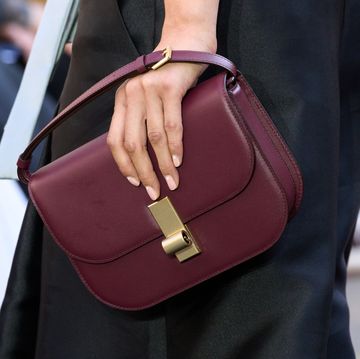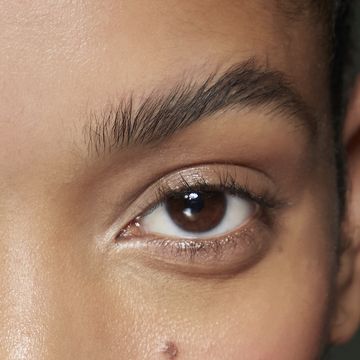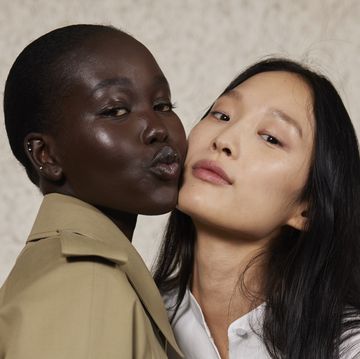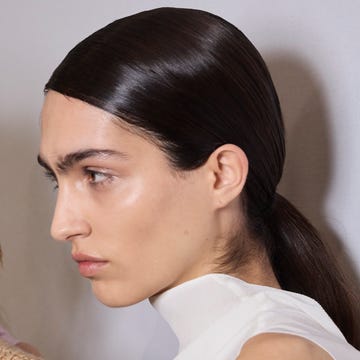It affects one in ten people, is triggered by almost everything in modern life, and is, as far as we know, incurable. Yet experts still can't pin down the root cause of rosacea.
This chronic skin condition is common (and potentially on the rise), and quick action is the key to getting it in check. Here's everything you need to know to tackle redness head-on if you're over the endless flushing..
What Is Rosacea?
'Rosacea is a common inflammatory skin condition that affects roughly 1 in 10 people but often remains undiagnosed, especially in people of colour,' explains Dr. Malvina Cunningham, consultant dermatologist at online dermatology service Skin + Me.
Indeed, rosacea isn't always the most easily recognisable condition, especially as it often doesn't rear its head until adulthood. A 2015 survey published in dermatology journal Cutis revealed that 47% of rosacea sufferers hadn't heard of the condition before diagnosis, and 95% knew almost nothing about the warning signs.
What Causes Rosacea?
Despite affecting one in ten people, experts still can't put their finger on exactly why rosacea rears its rosy head. Theories range from sun damage to genetics, and even an allergic reaction to tiny skin mites (known as demodex) that naturally set up camp on the skin's surface but can cause trouble in numbers. Inflammation breaks down the skin's elastic tissue over time, leaving it vulnerable. The earlier you take matters into your own hands, the better.
What Are The Different Types Of Rosacea?
Rosacea manifests in different forms, and is generally categorised into four main sub-types.
- Erythematotelangiectatic rosacea features redness and flushing, with visible blood vessels.
- Papulopustular rosacea involves redness, swelling, and pus-filed breakouts that resemble acne.
- Phymatous rosacea causes the skin to thicken and take on a bumpy texture.
- Ocular rosacea causes redness and irritation in the eyes and swollen eyelids.
What Are The Symptoms Of Rosacea?
More than just 'warm cheeks' or the occasional post-workout flush, rosacea comes with its own catalogue of symptoms, which depend on the sub-type you are diagnosed with and vary in intensity from person to person.
'Rosacea symptoms include persistent redness (usually across the centre of the face) flushing and blushing, skin sensitivity or thickness, spots (papules and pustules) and visible blood vessels,' explains Dr. Cunningham.
- Flushing. Rosacea flushes are caused by a quick increase of blood flowing through your facial blood vessels, making them expand. It will usually occur around the centre of the face, chin and forehead. It has been shown that, when exposed to increased heat or stress, people with rosacea will have a greater nerve, blood flow and sweating response than people without the disorder.
- Persistent redness. This is rosacea's most recognised symptom - unlike ephemeral flushes, the symptoms can remain for hours or even days.
- Bumps and pimples. These breakouts are often the reason rosacea is misdiagnosed as acne. However, the defining difference is that instead of the blackheads and whiteheads that come hand-in-hand with acne, rosacea breakouts manifest as solid papules or pus-filled pustules, which won't respond to treatments formulated for acne.
- Visible blood vessels. Tiny thread-like blood vessels can appear on the surface of the skin as a result of the intermittent flushing. Our capillary vessels are designed to be elastic, but when flushing causes them to expand and contract too much, they can become broken – and that's when they appear on the surface.
- Burning or stinging. This is a common side effect that is linked to sensitised and easily irritated skin.
- Dry, gritty, swollen eyes. This can be a symptom of ocular rosacea and should be taken seriously, as it requires swift medical attention. It can sometimes be the first sign that you may develop the facial type of rosacea, so seeking advice early can be beneficial in the long run.
- Facial swelling. When your face appears lightly inflamed, this is a result of thickening tissue linked to phymatous rosacea. Around the nose area it's known as 'rhinophyma' but this is extremely rare in women.
What Can Trigger Rosacea?
Rosacea is currently incurable – however, prevention is better than cure, and identifying your triggers can stop your symptoms from flaring up int he first place.
As consultant dermatologist Dr Justine Hextall explains, 'triggers can differ from person to person, so it's key to isolate and understand yours as early as possible.' There are, however, common culprits, and these are:
- Emotional stress. This sends the body's senses into overdrive, causing it to overreact and stimulating both chemical and physical changes in the body.
- Heavy exercise. Strenuous physical activity, particularly cardio, rapidly increases heart rate, blood flow and body temperature, all of which can exacerbate rosacea.
- Pollution. Free radicals in the air repeatedly assault the skin's protective barrier and increase inflammation.
- Alcohol. This is a vasodilator (it causes more blood to run through vessels, subsequently reddening skin). Beer and wine contain high histamine levels, which often trigger and aggravate rosacea. Red wine is often cited as the biggest culprit.
- Temperature extremes. Both hot and cold weather conditions are often detrimental to sufferers with the condition, as rosacea settles in consistently tepid temperatures. While you can't control the weather, you can avoid things like saunas and steam rooms.
- Spicy food. Opt for herbs instead of hot spices, which can cause a flare-up.
- Sun exposure. Sun protection is important for everyone, but especially for those with rosacea-prone skin. According to a 2014 review by the National Rosacea Society, 88% of rosacea patients reported a decrease in flare-ups when wearing SPF daily.
While you can absolutely work to minimise your personal rosacea triggers, it's also important to appreciate that flare-ups will appear from time to time: and that's ok. Rosacea can undoubtedly knock your confidence and affect your mental health, but it's not a pressing threat to your physical health, and isn't a sign that you're doing something wrong or have 'bad' skin.
The best rosacea treatment plan isn't watertight, and putting in the work to accept your skin the way it is can be transformative, leaving you better equipped to brush it off when your symptoms do arise. And at the end of the day, when a bare face feels too intimidating, there's always make-up.
Can You Get Rid Of Rosacea?
Currently there is no permanent cure for rosacea, but that's not to say its symptoms can't be treated and minimised. With the correct lifestyle tweaks and topical treatments, you can absolutely manage your rosacea well.
'The treatment of rosacea is a combination of measures that all work together,' says Dr. Cunningham. 'They include choosing the right skincare, addressing the lifestyle factors that trigger your flushing, and medical treatment – depending on the type of rosacea.'
First things first, get your head out of the skincare shelves: rosacea-prone skin is fragile, and must be treated gently. 'When it comes to managing rosacea, it's best to have a stripped-back, minimalist skincare routine,' adds Dr. Cunningham. She recommends using a gentle cleanser and a lighter moisturiser that won't block your pores. But the most important player? A good, daily SPF.
How To Treat Rosacea
'The most important thing you can do for your skin is prioritise using calming, hydrating and protecting products,' explains Dr Hextall. 'This encourages the skin barrier to do its job properly, ultimately safeguarding your skin from damaging aggressors.'
Choose A Gentle Cleanser
The best face wash for rosacea will be one that doesn't leave your skin feeling tight or 'squeaky clean' (a sign that the skin barrier has been stripped and pH levels compromised).
Avoid Aggressive Products
Recent years have seen a boom in 'active' skincare, and there are plenty of products out there that no-one – especially those with rosacea – should be slathering on with abandon on a nightly basis. As a general rule, avoid gritty physical exfoliators, strong chemical exfoliators (some experts recommend not to exfoliate at all) and any astringent, alcohol-laden products.
Focus On Hydration
Regular flushes can lead to water loss in the skin, resulting in dehydration. Counteract this with hydrating products filled with moisture-magnet humectants.
Wear SPF
Factor 30 or above is a non-negotiable for rosacea skin. The especially sensitive should try a mineral sunscreen, which contains physical sun filters (typically zinc oxide and titanium dioxide) to bounce the sun's damaging rays back out once they hit the skin.
Keep It Gentle
The softly-softly approach doesn't stop at your skincare: if everything you try seems to upset your skin further, consider switching your make-up, too. Gentle mineral formulas and allergy-tested products may help keep your complexion calm, and the world of specially formulated rosacea make-up is well worth exploring.
Try Azelaic Acid
Azelaic acid might not be as buzzy as the likes of retinol or hyaluronic acid, but when it comest to calming rosacea and inflammation, it's a hugely underrated ally. Skin + Me will blend you a custom prescription cream containing azelaic acid for the pleasing price of £24.99 per month, while Dr Sam Bunting's outstanding Flawless Brightly serum is available without prescription and works to gradually bring down angry redness.
Professional Rosacea Treatments To Try
If you're experiencing rosacea symptoms are are unsure where to turn, it may be a good idea to book in with a dermatologist or doctor, who will be able to set you off on the right path.
There are prescription-only topical formulas available for treating rosacea – Soolantra and Finacea are the commonly known ones – and a dermatologist will be best placed to advise you on these. Oral antibiotics are an option for some, too.
There's also a host of in-clinic treatments available to counteract the aesthetic side-effects of rosacea – specifically the thread veins that come after periods of persistent flushing.
Laser treatments have long been hailed as the gold-standard in-clinic for treating rosacea redness. There are several different forms of laser used in clinic settings: the two most known are pulse-dye laser, or PDL, and intense pulsed light, or IPL. Both work by using targetted beams of light to heat and 'dissolve' thread veins, allowing the visible pigment (blood) to be absorbed and removed by the body. Courses vary, but two to four sessions are generally recommended for long-term results. All good clinics will offer a full consultation before advising on the best treatment course for you.
How Does Your Gut Health Affect Rosacea?
When it comes to rosacea the old adage 'good skin starts from the inside' rings true. 'Clinical studies have found a link between disturbed gut flora and rosacea skin manifestations,' explains Dr. Barbara Sturm. 'There has been a lot of research into gut health in the last decade or two and it’s understood that skin conditions can exacerbated by high stress levels, an inflammatory diet, alcohol, smoking and by taking antibiotics and steroid medications.'
'It’s my philosophy that diet is a key factor to controlling inflammation and promoting skin and overall health. I follow an anti-inflammatory diet; it includes minimising alcohol, caffeine, sugar, processed and fried foods, white flour, other refined carbs, and corn or cooking oil, while emphasising fatty fish, colourful fruits and vegetables, chia seeds, olive oil, purslane, mushrooms, sweet potatoes, cottage cheese, avocados, and almonds,' she says.'
'A fibre-rich (prebiotic) diet has also been shown in studies to help the overgrowth of intestinal bacteria that contributes to rosacea.'
